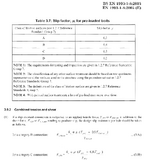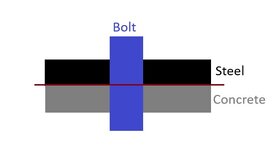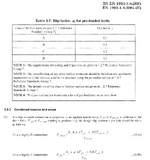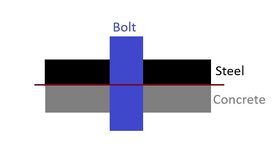StructuralCivilFEA
Civil/Environmental
I have a pre-loaded bolt in a connection with steel and concrete - and I wanna make sure this connection is slip resistant (along the red line), meaning it has design slip resistant bolt as seen in formula (3.8a)
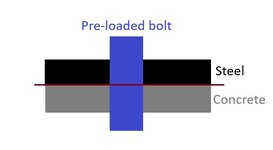
In the section below you can see Table 3.7 with different slip factors; are these slip factors valid for steel/concrete connection? They seem like they are for steel/steel surfaces to me, I am not sure what to do to make sure concrete/steel surface pre-loaded bolt connection is slip resistant.
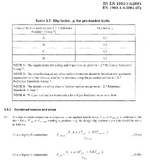
Class of friction classes described:
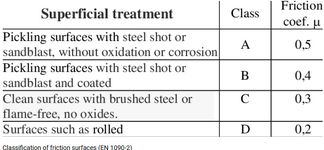

In the section below you can see Table 3.7 with different slip factors; are these slip factors valid for steel/concrete connection? They seem like they are for steel/steel surfaces to me, I am not sure what to do to make sure concrete/steel surface pre-loaded bolt connection is slip resistant.

Class of friction classes described:


